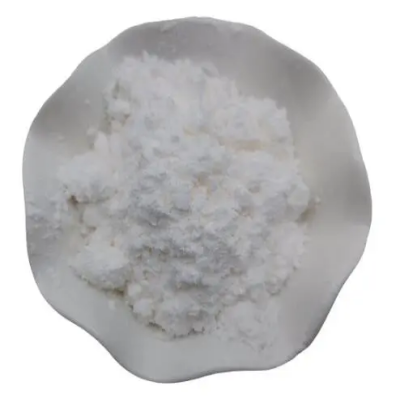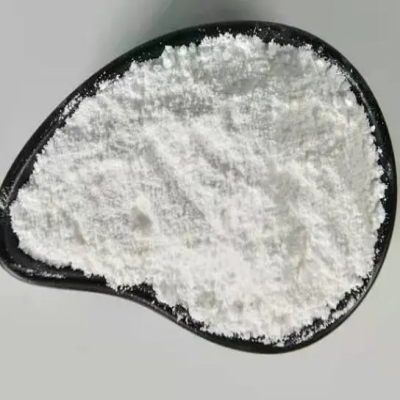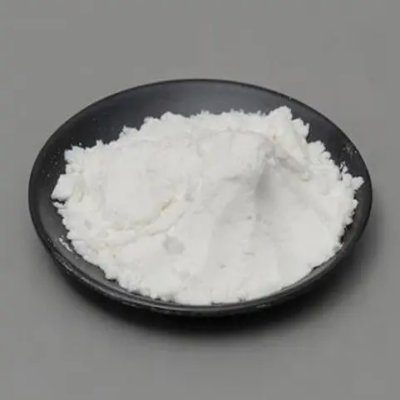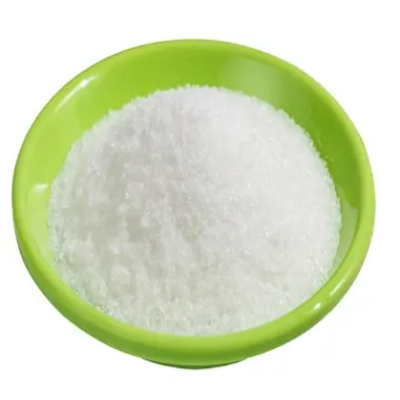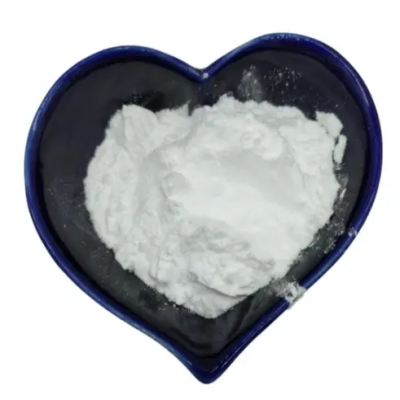1-(3-Carboxypyrid-2-yl)-2-phenyl-4-methyl-piperazine CAS:61338-13-4
At the 3-position of the pyridine ring, a carboxyl group (-COOH) is present, introducing a carboxylic acid functionality. Carboxylic acids are known for their acidity and ability to form esters and amides, which are common modifications in drug design to enhance solubility and stability. Attached to the piperazine ring, a phenyl group (-C6H5) at the 2-position provides aromatic character and hydrophobicity, which can influence the compound's interactions with biological membranes and proteins. The presence of a phenyl ring can also contribute to the compound's absorption, distribution, metabolism, and excretion (ADME) properties. The 4-position of the piperazine ring features a methyl group (-CH3), which is a small alkyl substituent that can increase the lipophilicity of the molecule, potentially improving its ability to cross biological membranes. Methyl groups are also known to influence the electronic properties of nearby functional groups through an effect known as hyperconjugation. Overall, the molecule's structure suggests that it could have potential applications in medicinal chemistry, where its various functional groups can be exploited for their pharmacological effects. The carboxyl group, in particular, can serve as a site for further functionalization, while the piperazine ring can provide a handle for conjugation with other molecules. The combination of these features makes 1-(3-carboxypyrid-2-yl)-2-phenyl-4-methyl-piperazine a promising candidate for the development of new therapeutic agents.



| Composition | 61338-13-4 |
| Assay | 99% |
| Appearance | white powder |
| CAS No. | 61338-13-4 |
| Packing | Small and bulk |
| Shelf Life | 2 years |
| Storage | Store in cool and dry area |
| Certification | ISO. |




